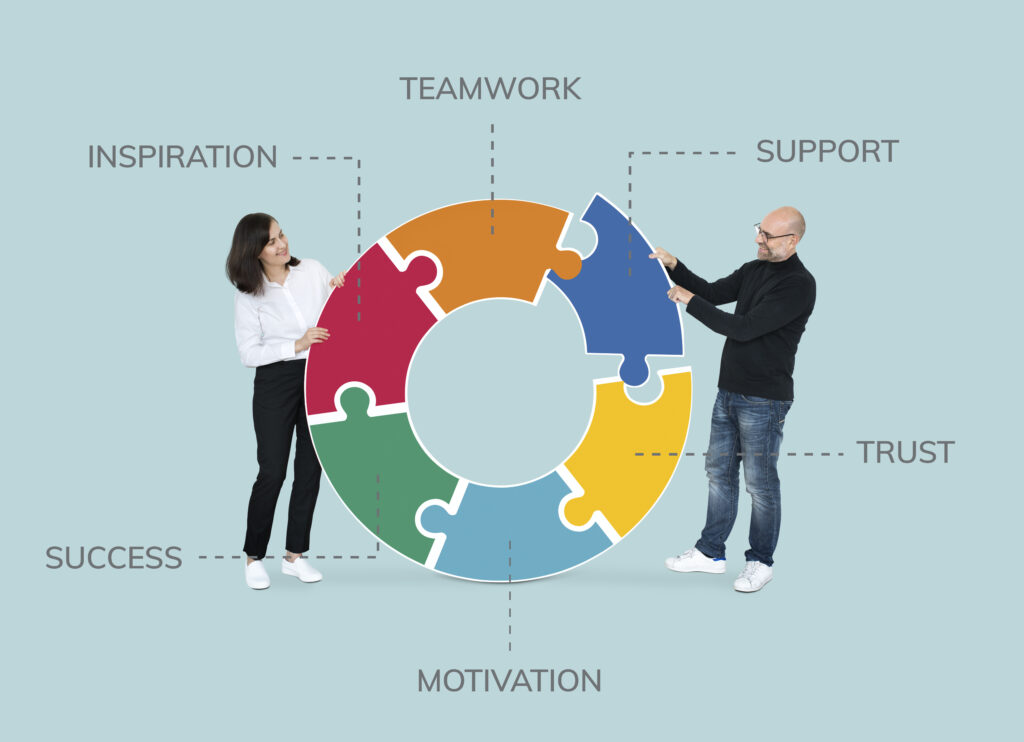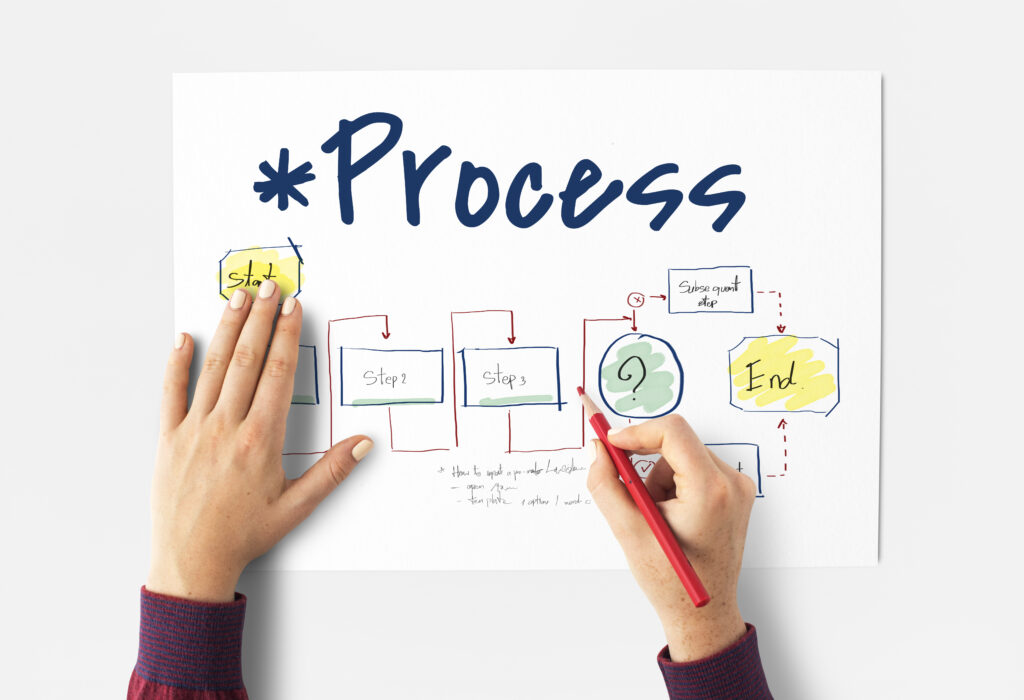How the 5 Phases of SDLC Propel Software
Development Companies Forward

When creating a software product for a client, it is essential to adhere to a comprehensive procedure for the efficient progress of software development. Growing web development companies in the flourishing IT sectors of Kerala are no exception to guidelines that ensure the successful creation of high powered, timely and cost effective products. Let’s understand how this life cycle works.
What is a Software Development Life Cycle (SDLC)?

Software Development Life Cycle is the step-by-step operation of planning, designing, building, editing and managing software. This methodology defines the steps that developers undergo to create the final product. The aim of the SDLC is to deliver well-tested software by following an organised and methodical strategy.
What are the 5 Phases of SDLC?
- Regardless of the model that we choose to work with, the process of developing
software for various platforms (whether it may be mobile apps or web applications)
undergoes the general stages of:
1) Planning and idea generation,
2) Requirement analysis,
3) Designing software architecture,
4) Building the custom software product and finally,
5) Software testing and deployment.
Why do we need SDLC and how do we determine the right model to use?

To facilitate effective communication between the client and the outsourced marketing and software development teams, we must adopt a step-by-step approach that thoroughly covers all aspects of the project. The SDLC that is assumed depends on the type of project.
So how do we choose the right approach for the development of your software product?
When developing a project that:
● Is unlikely to undergo changes
● Is smaller in scale
● Has low risk tolerance
● Has limited client involvement and requires less client approval
Software design agencies adopt the original method of SDLC, the Waterfall Model. This approach allows the software development team to generate the product through a sequential pattern of clearly defined phases. The project can only move forward once the deliverables for the previous stages have been achieved.
However, this model may prove to be tedious to the developing process, as there are always possibilities for unexpected changes that can force the operation to lose all its progress and return to the drawing board.
For projects that require more complex web designs and require constant client input and approval of the product development, software developers adopt more elaborate processes such as the Agile, Iterative or Scrum Models.
The Agile Model establishes consistent communication with the clients and evaluates the conditions of the software product at the end of each iteration. The customer’s feedback is used as the guide for the next stage of development.
Unlike the Waterfall Method, the Iterative Model insists on employing feedback paths that thus provide a mechanism for correction.
The Scrum Model promotes transparency and adaptation throughout the development process by practicing a special method of “sprints” where all the aspects of the product are deliberated upon by the developers and stakeholders. These sprints present opportunities to evaluate the progress of the product and brainstorm ways to fine tune various facets of the application such as the CRM software and the ERP systems.
In these process models, we continually revisit the prototype and thus receive an insight on what the final product could be well before the final stages.
These models accommodate periodic check-ins with the client on the status of the product being developed and thus assures crystal clear understanding of what has been and what needs to be done.
Conclusion
The foundation that defines the success of a software product is the Software Development Life Cycle. It dictates the stages of the product’s progress and provides a clear roadmap for the next steps. Without it, modern web development companies would struggle to achieve the remarkable technological innovations that have brought humanity so far.